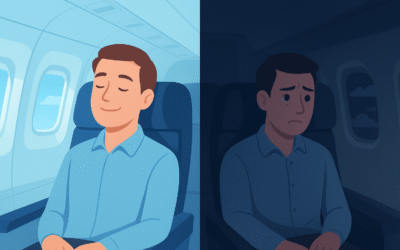Impulse buying refers to unplanned purchases made by consumers, often driven by emotions rather than logical decision-making. Marketers can leverage this phenomenon by creating environments and strategies that encourage spontaneous purchases. Here’s a look at the key elements to consider and some illustrative examples.
Key Elements of Impulse Buying
1. Emotional Triggers:
Scarcity and Urgency: Limited-time offers or low stock alerts create a fear of missing out (FOMO). For example, flash sales on e-commerce platforms often lead to immediate purchases.
Emotional Appeals: Products that evoke positive feelings or nostalgia can drive impulse buys. Brands like Coca-Cola often use emotional marketing in their advertising campaigns to enhance feelings of happiness.
2. Store Layout and Design:
Strategic Placement: Items placed near checkout areas or in high-traffic spots increase visibility. Retailers like Target often place snacks and small gadgets near the registers to tempt shoppers.
Visual Merchandising: Attractive displays can catch attention. Apple stores use sleek designs and product placements to draw customers toward new gadgets.
3. Promotions and Discounts:
Bundling Offers: Combining products at a discount encourages consumers to buy more than they intended. For instance, many fast-food chains promote meal deals to increase average order size.
Loyalty Programs: Reward points can motivate customers to buy on impulse to achieve a reward. Starbucks’ loyalty program incentivizes customers to purchase more frequently.
4. Digital Strategies:
Personalization: Tailored recommendations based on past behavior can lead to unplanned purchases. Amazon excels in this by suggesting items that align with users’ browsing histories.
Social Proof: Displaying reviews and ratings can influence impulse purchases. Platforms like Etsy highlight customer reviews, making new shoppers more likely to buy.
5. In-store Experiences:
Sampling and Trials: Allowing customers to try products can encourage spontaneous purchases. Costco’s free samples often lead to increased sales of the sampled products.
Interactive Displays: Engaging experiences can create a connection with the product. For example, Nike’s interactive kiosks let customers customize shoes, increasing the likelihood of purchase.
Illustrative Examples
- Impulse Buying in Fashion Retail: Zara often showcases trending styles at the front of the store, enticing customers to make unplanned purchases based on the latest fashion. Their quick turnover of inventory keeps the shopping experience fresh and exciting.
- Grocery Stores: Many supermarkets place candy and small items near the checkout lines to encourage last-minute purchases. A study found that items placed at eye level are 1.5 times more likely to be bought on impulse.
- E-commerce Platforms: Websites like ASOS use “related items” sections to prompt additional purchases. By showing customers what others bought alongside their chosen items, they increase the likelihood of impulse buys.
Conclusion
Understanding impulse buying allows marketers to craft strategies that effectively tap into this behavior. By creating emotional connections, optimizing store layouts, utilizing promotions, and enhancing digital experiences, brands can significantly boost unplanned purchases. The key is to create an environment that makes it easy and appealing for consumers to say “yes” to that extra item in their cart.




